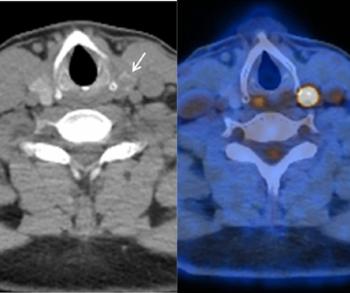
PACS Basics: The role of the PACS administrator
PACS administration is an integral part of a well-run soft-copy department. The newly developed role of PACS administrator continues to evolve at a fast clip along with PACS technology. Determining what falls within its purview can be tricky.
PACS administration is an integral part of a well-run soft-copy department. The newly developed role of PACS administrator continues to evolve at a fast clip along with PACS technology. Determining what falls within its purview can be tricky.
Dr. Paul Nagy, director of the radiology informatics laboratory at the Medical College of Wisconsin, navigates the tricky waters of PACS administration by answering several important administration questions: What does a PACS administrator need to know to do the job? What roles are the PACS administrator expected to play? What types of background and education are required or even useful in the implementation of a PACS?
In this four-part series, Nagy provides a solid PACS administration foundation that was developed in the radiology department and is applicable to all who set out to tackle PACS implementation.
The many faces of PACS administration: An
PACS administrators have had to blaze their path without much guidance. The job requires a skill set that spans the domains of the technologist, the information systems analyst, and the department administrator.
Enter the
A traditional staffing model breaks worker competencies into technical, behavioral, and business attributes. PACS administration tasks fall into each of these categories. While individuals might need to accomplish tasks from all three competencies, they are typically most comfortable with one. This article will dive into the behavioral competency category: who this person is, what he or she does, and where this person usually can be found.
Technical competencies involve understanding the technology around PACS. This role is typically called the systems administrator. The systems administrator has traditionally been the most readily identified member of the PACS team - a firefighting position, managing queues and monitoring system resources to keep the system operational.
The
When it comes to big picture thinking, turn to the PACS manager. It is this person who has the business skills needed to run a PACS team and negotiate the thicket of planning and cost issues.
Newsletter
Stay at the forefront of radiology with the Diagnostic Imaging newsletter, delivering the latest news, clinical insights, and imaging advancements for today’s radiologists.




























